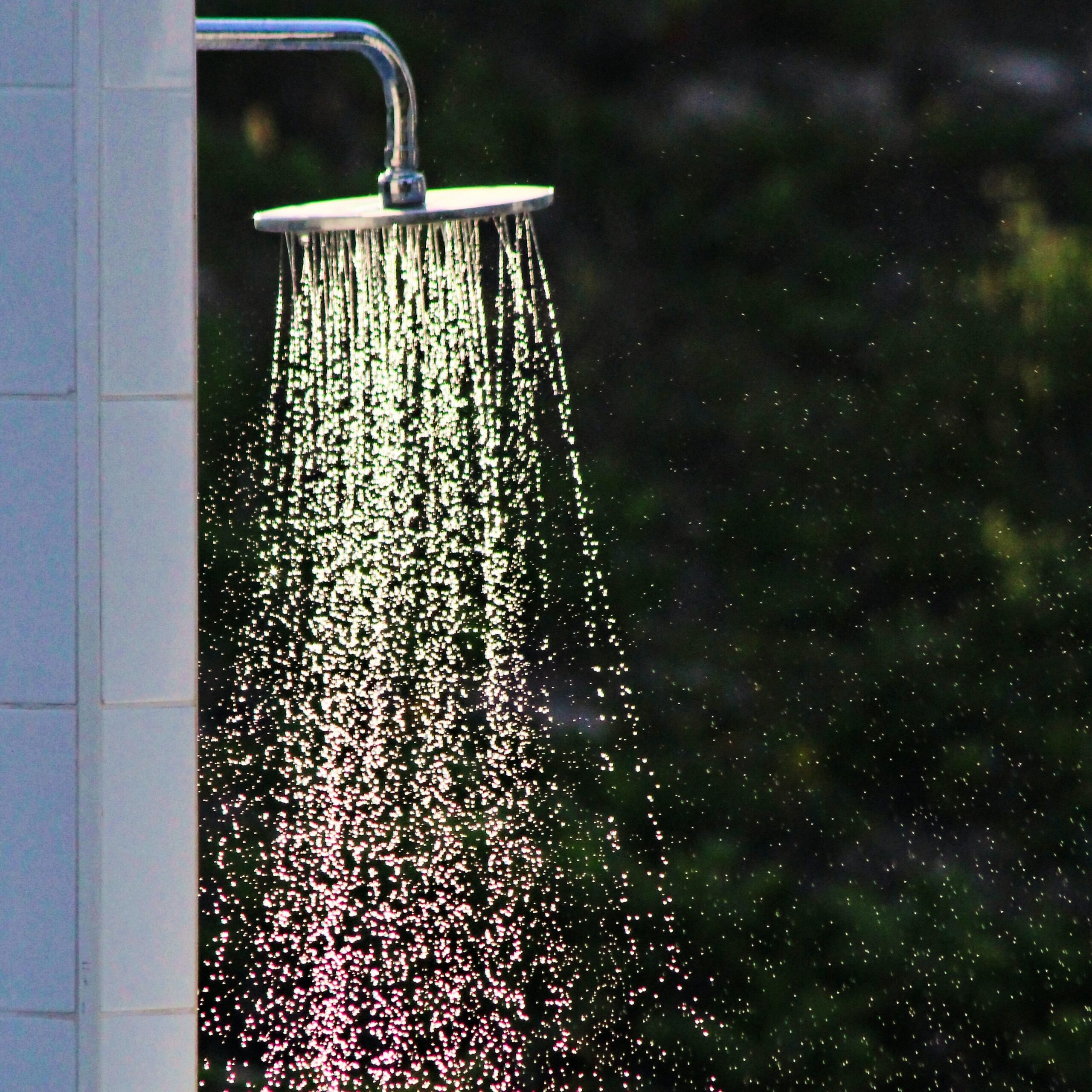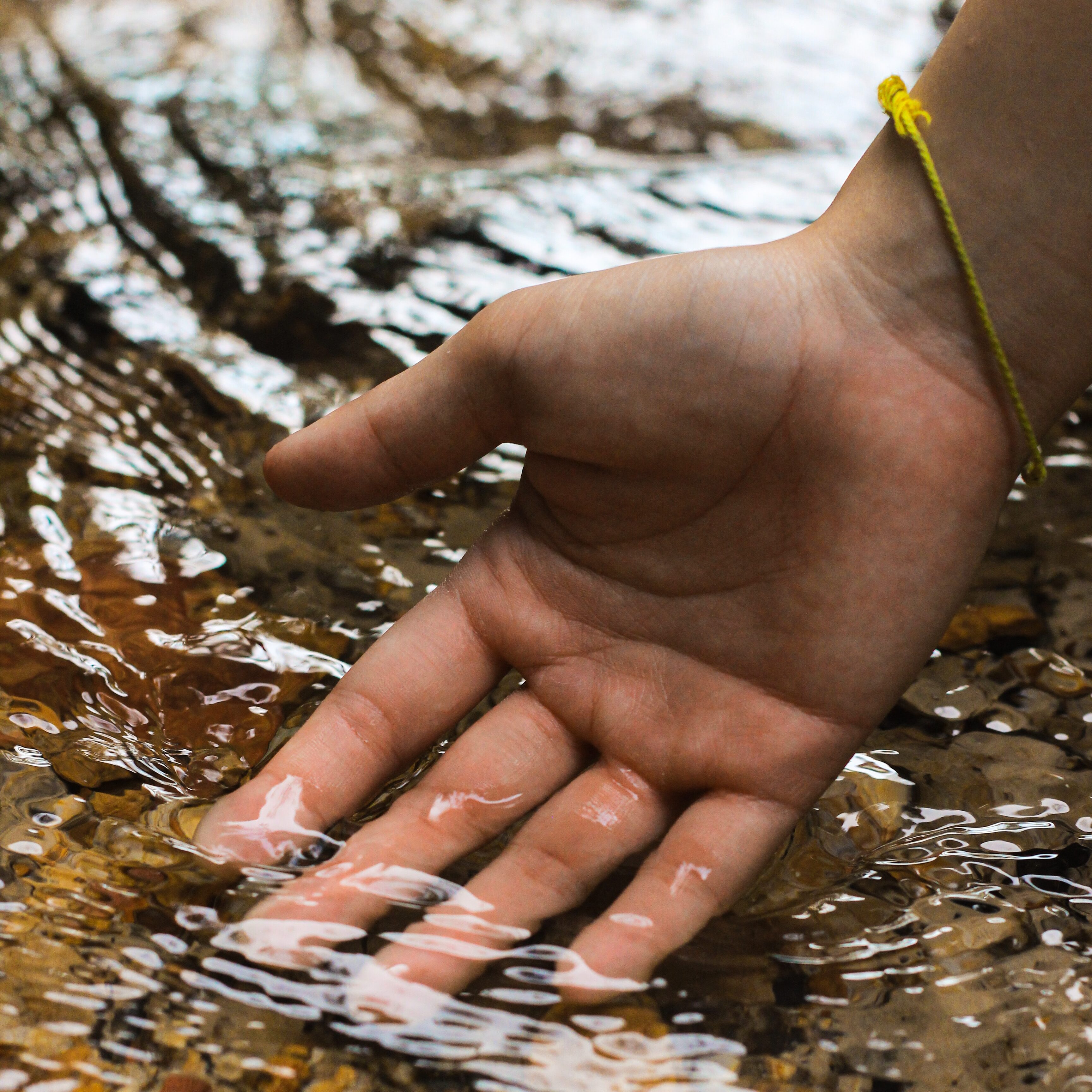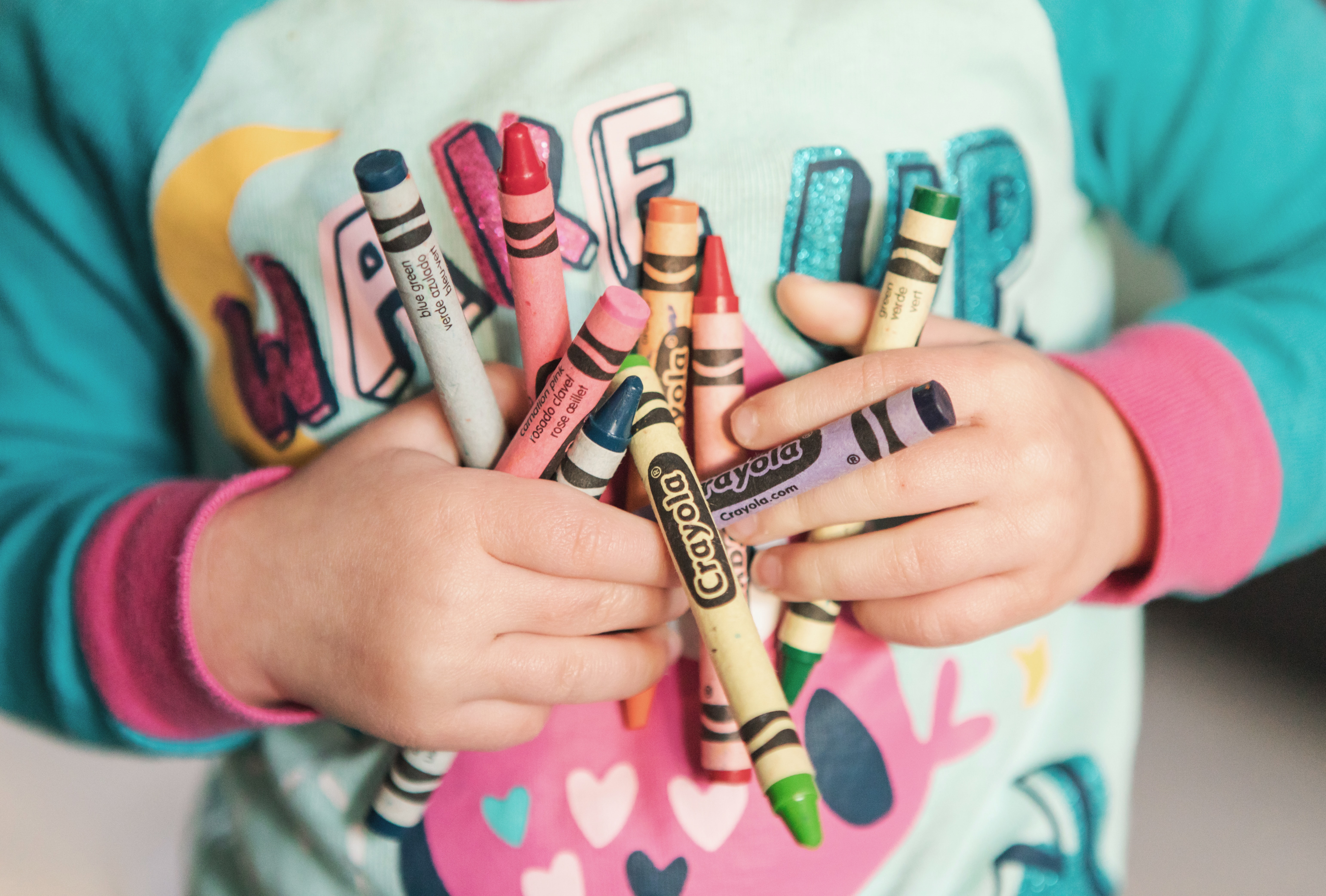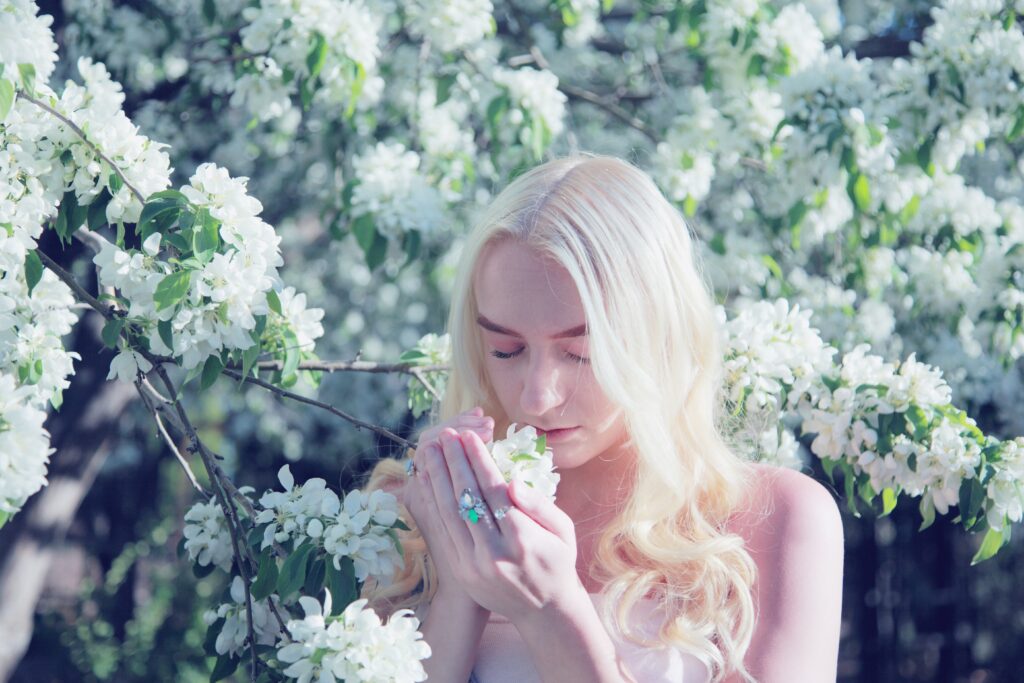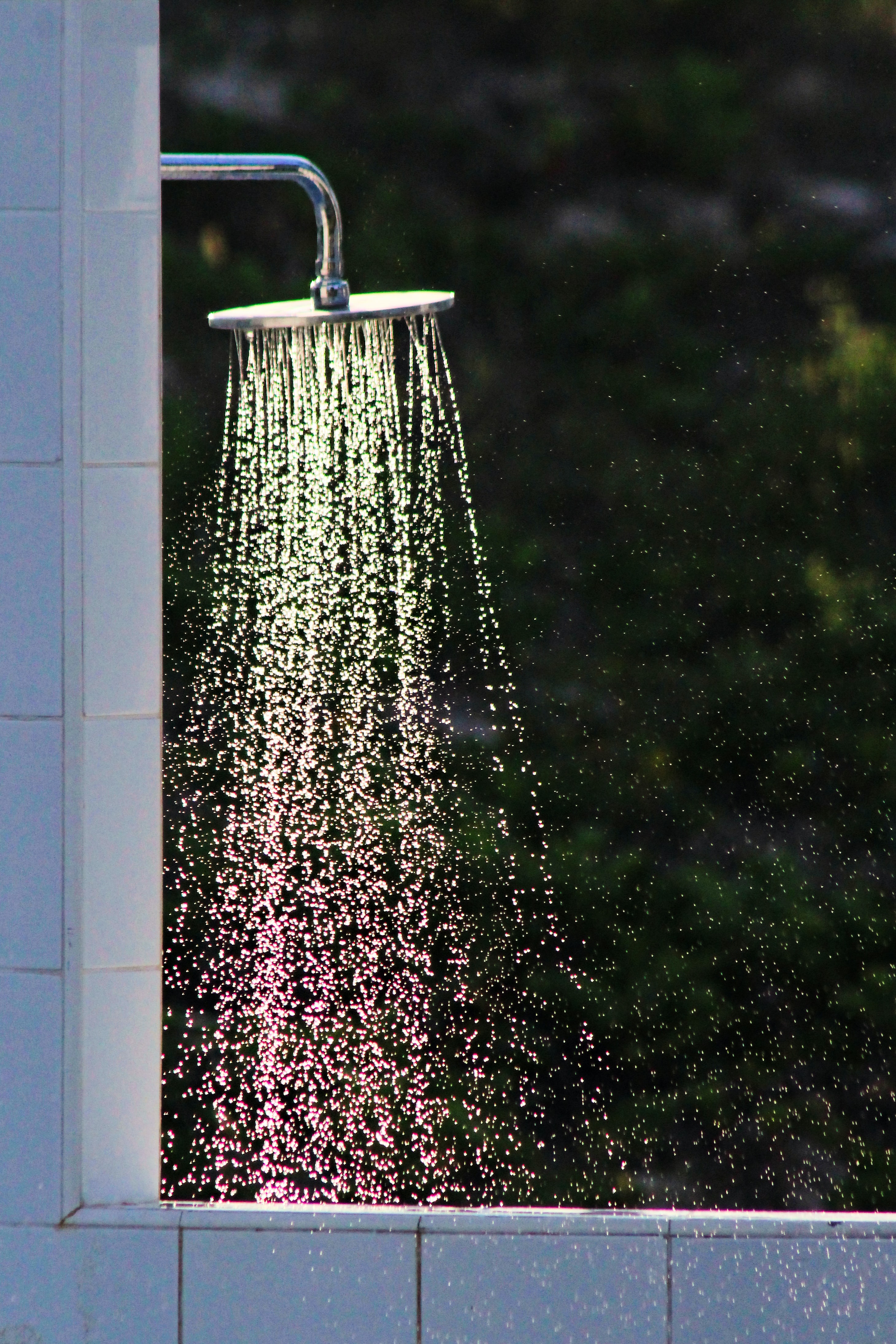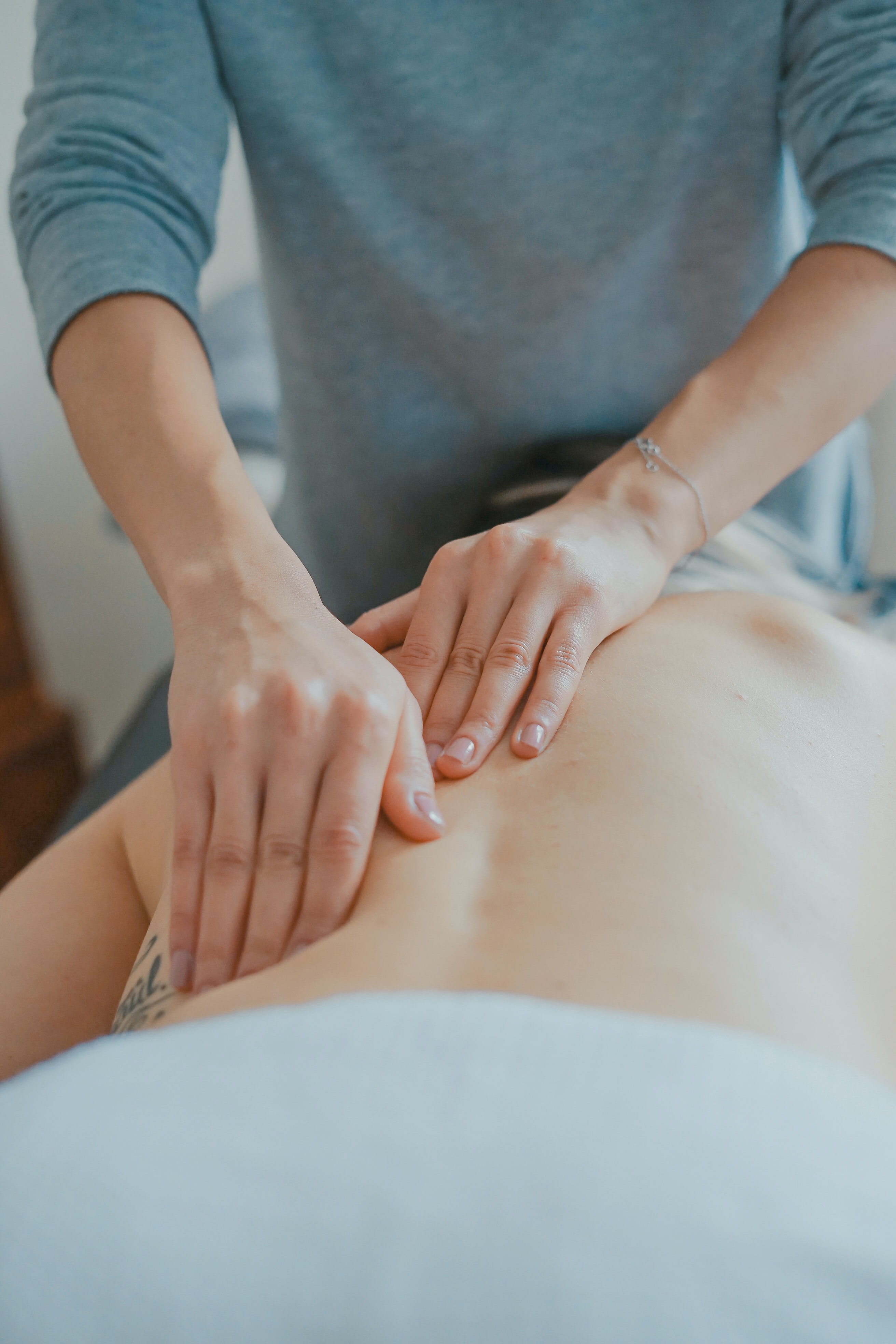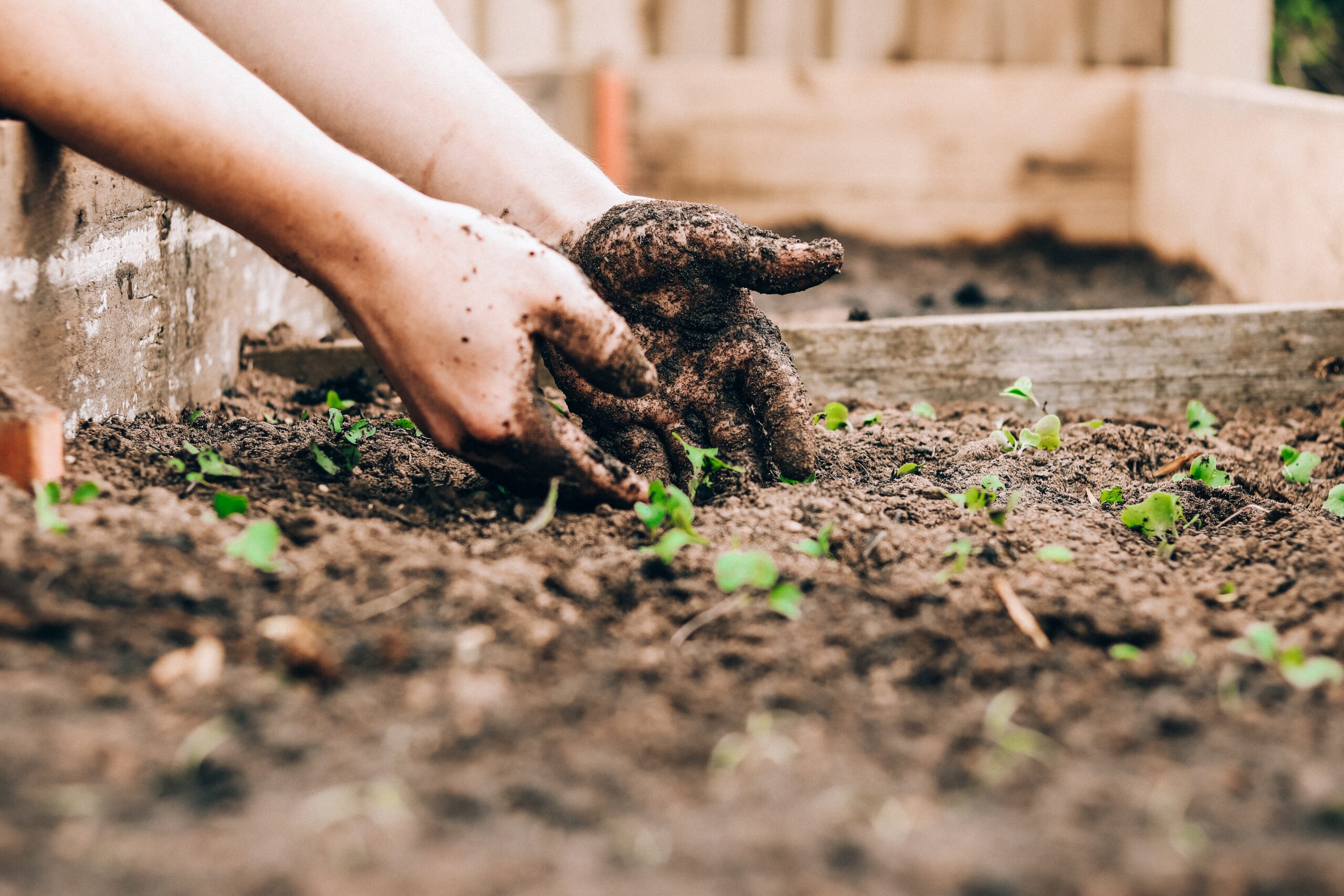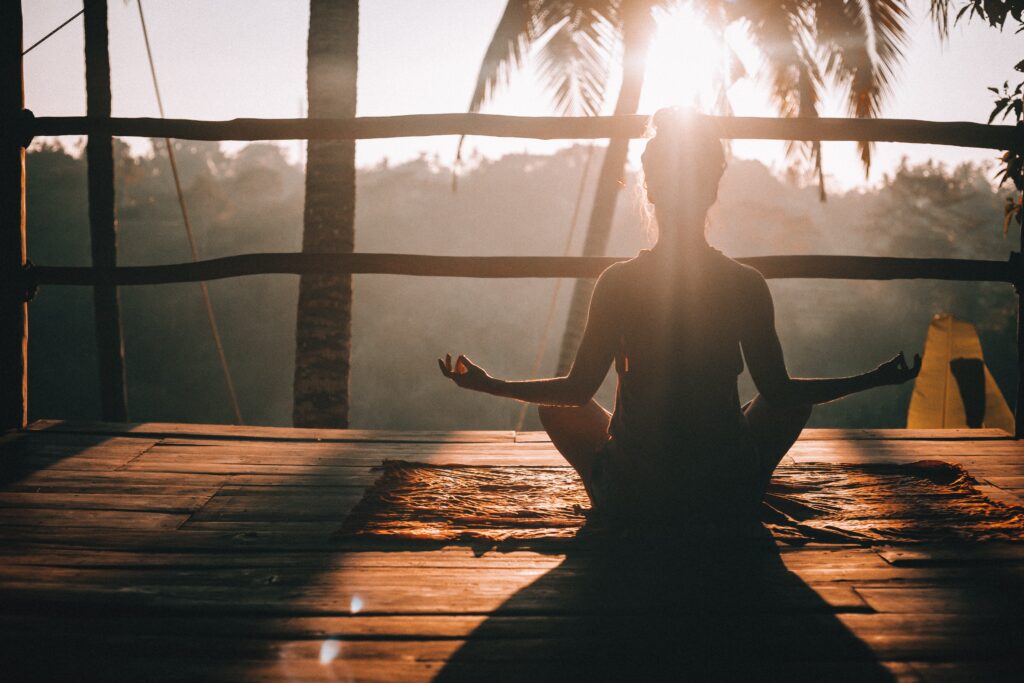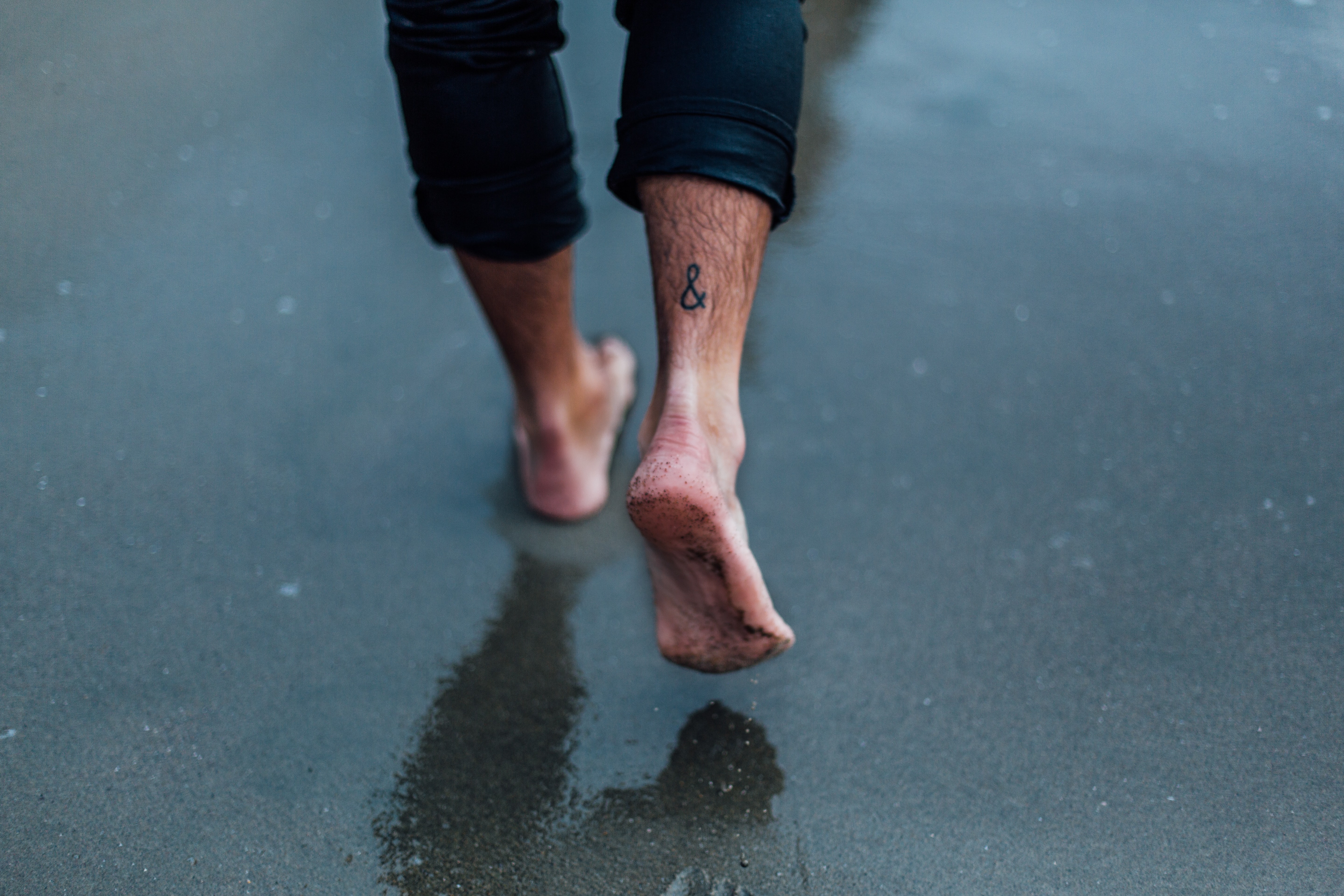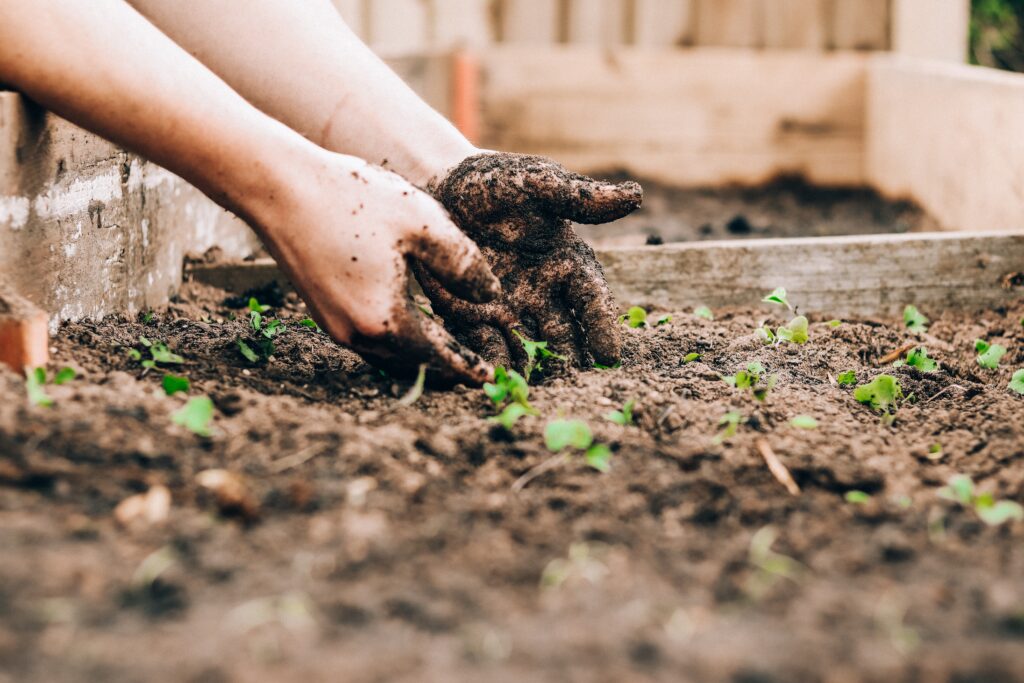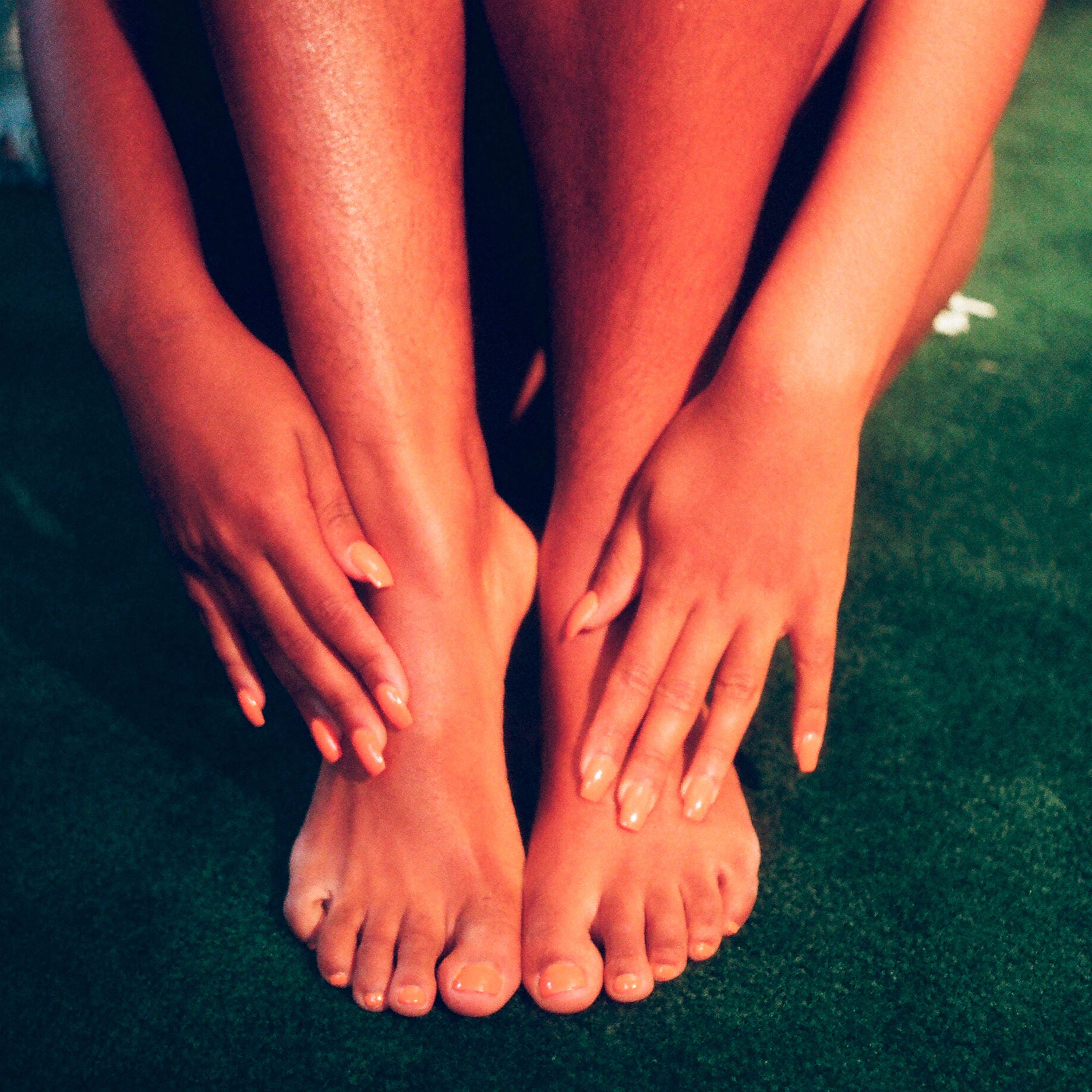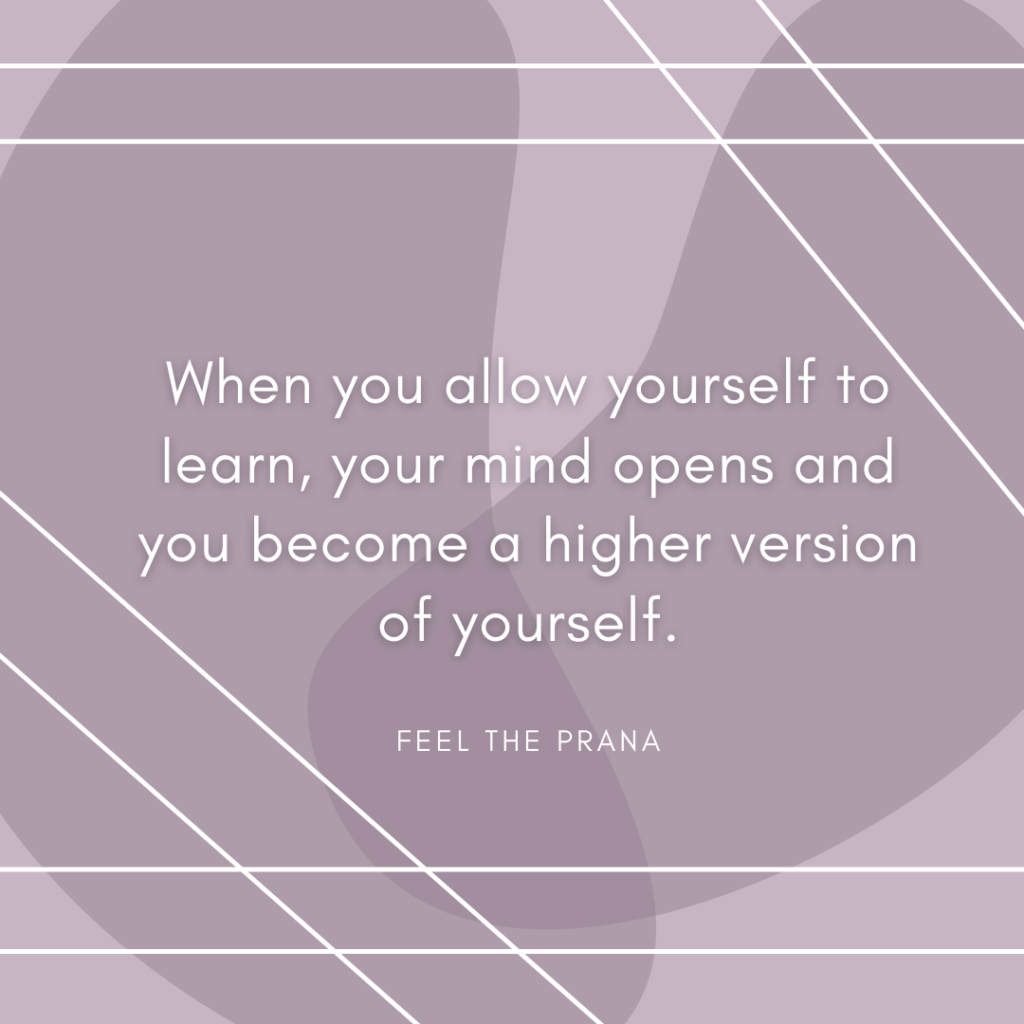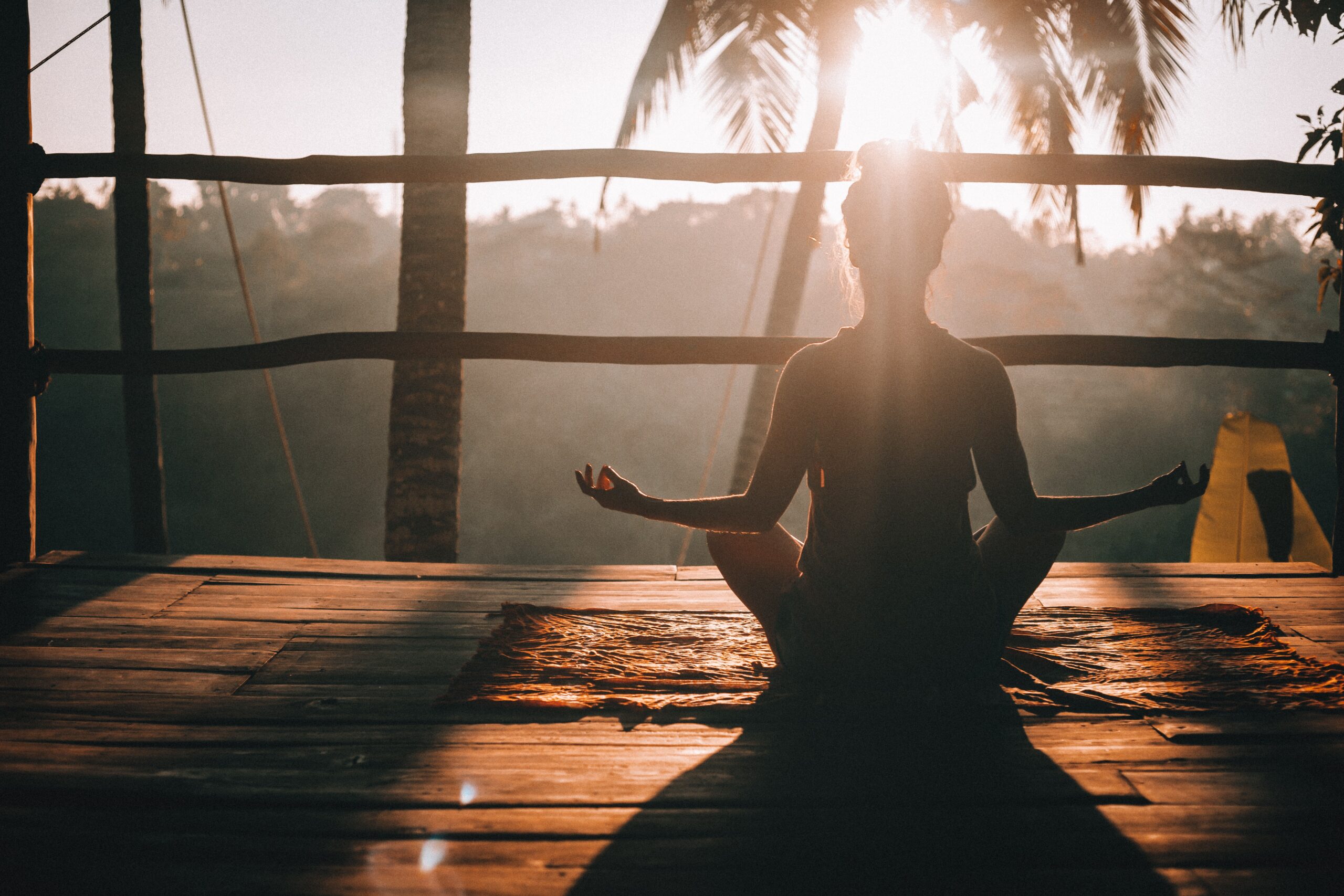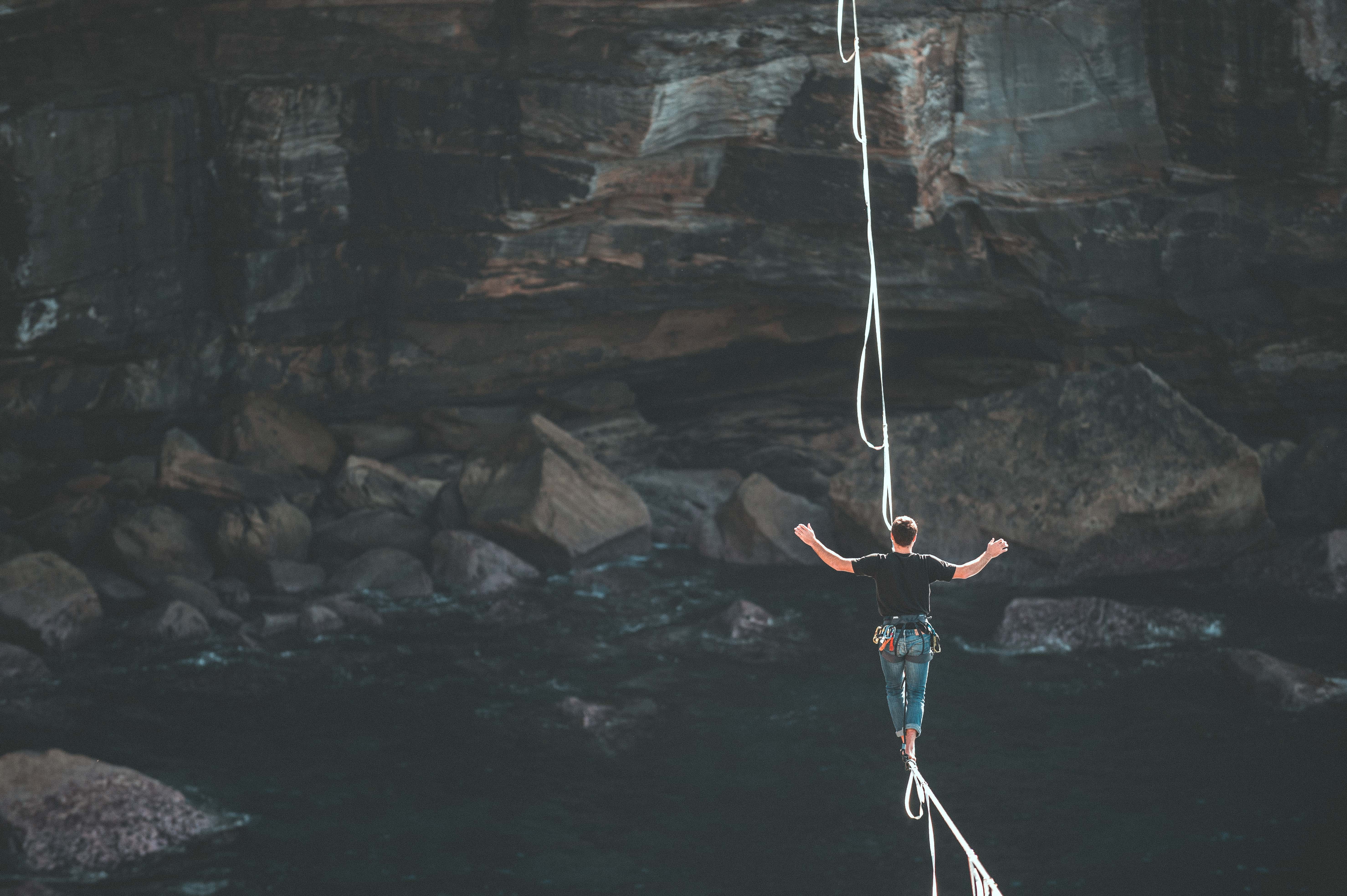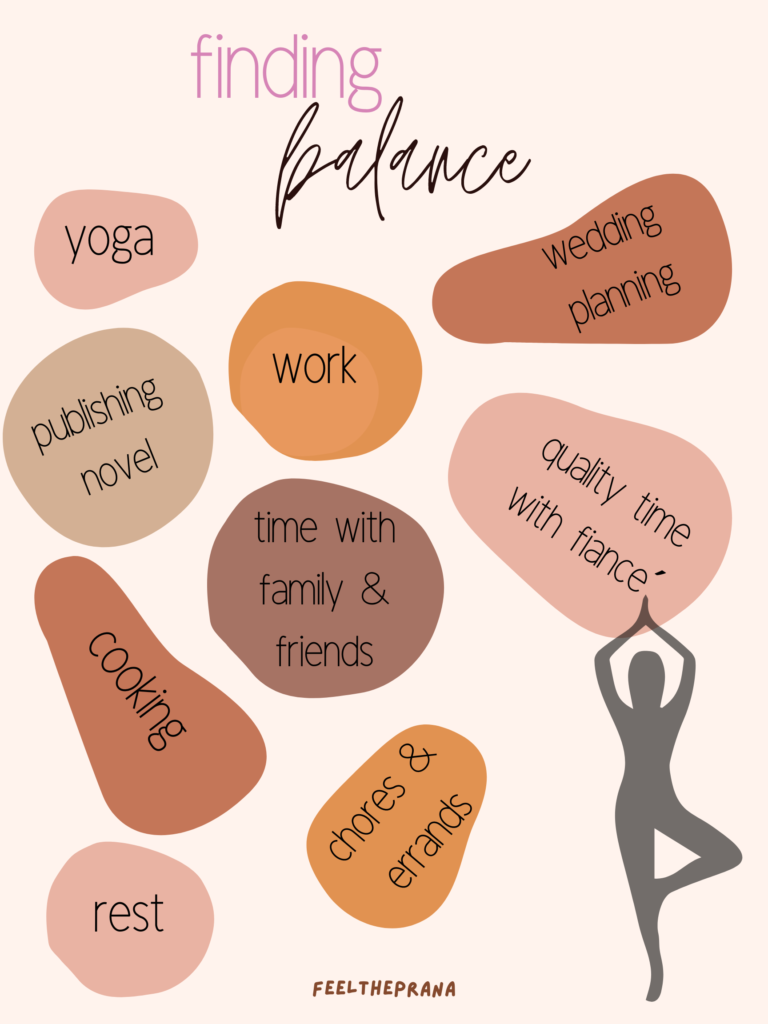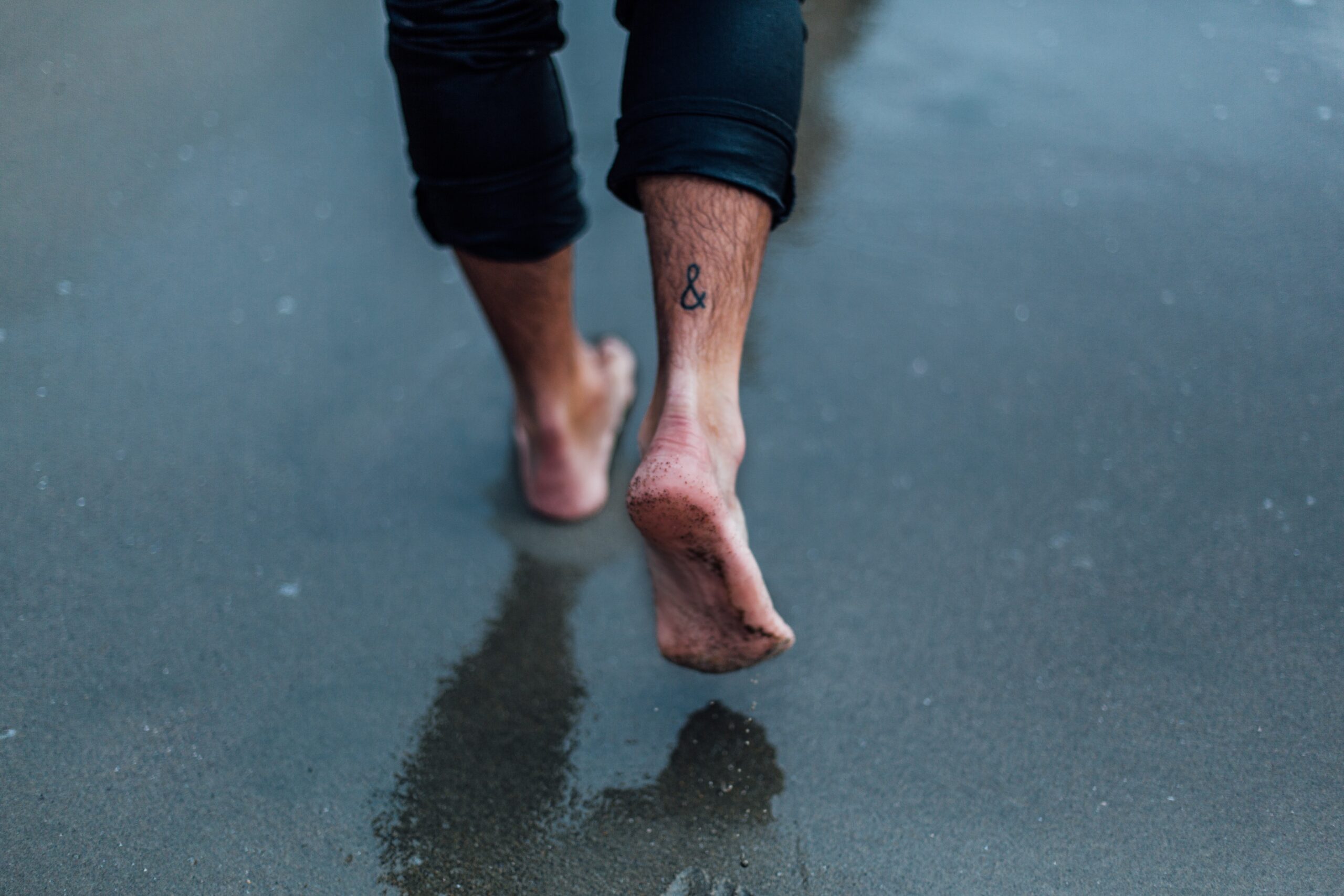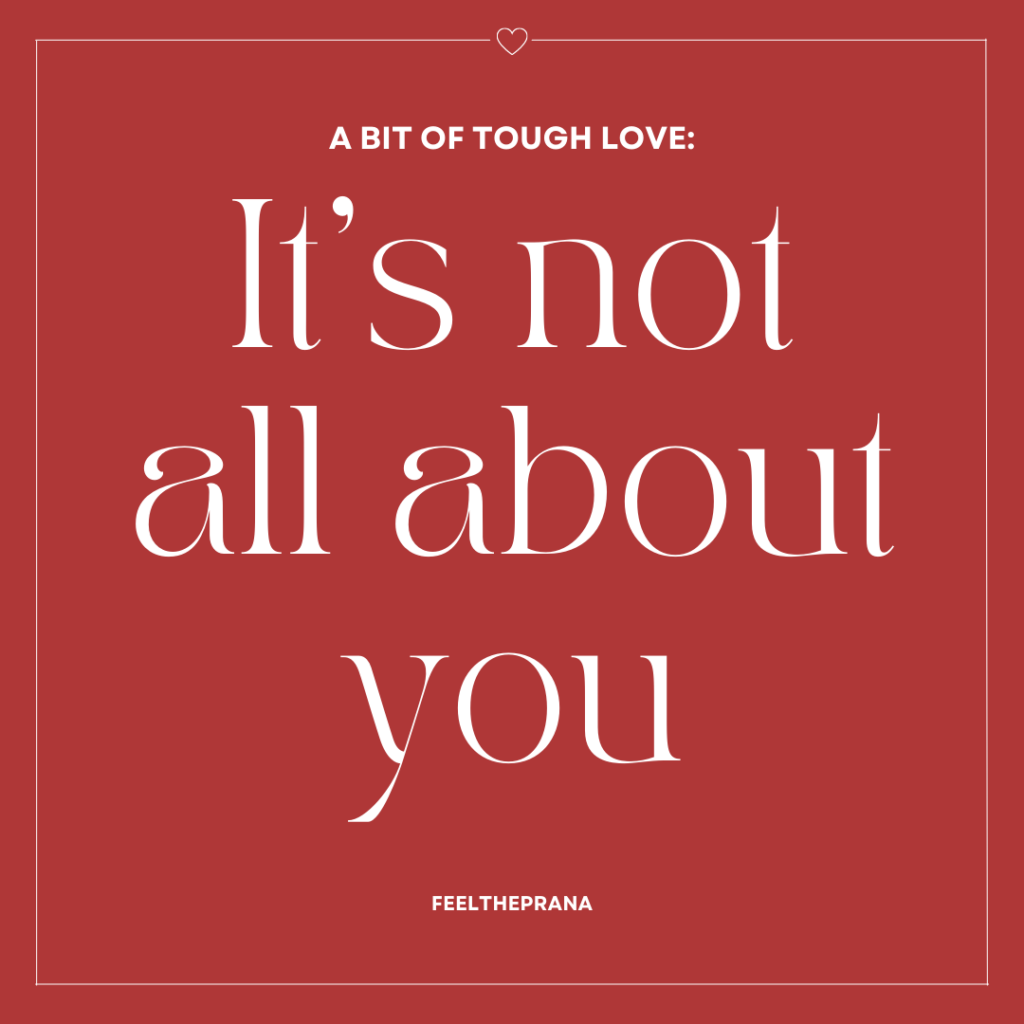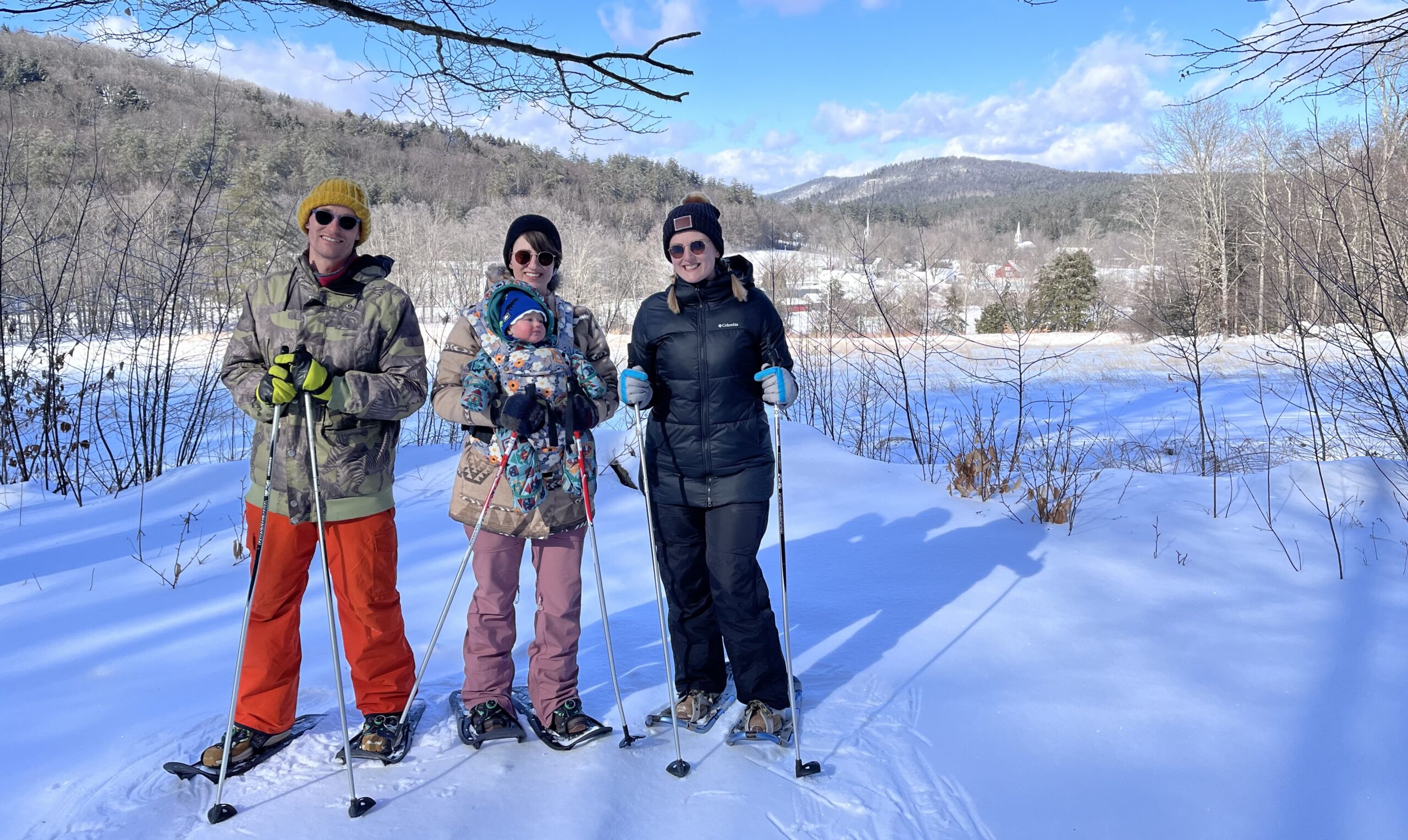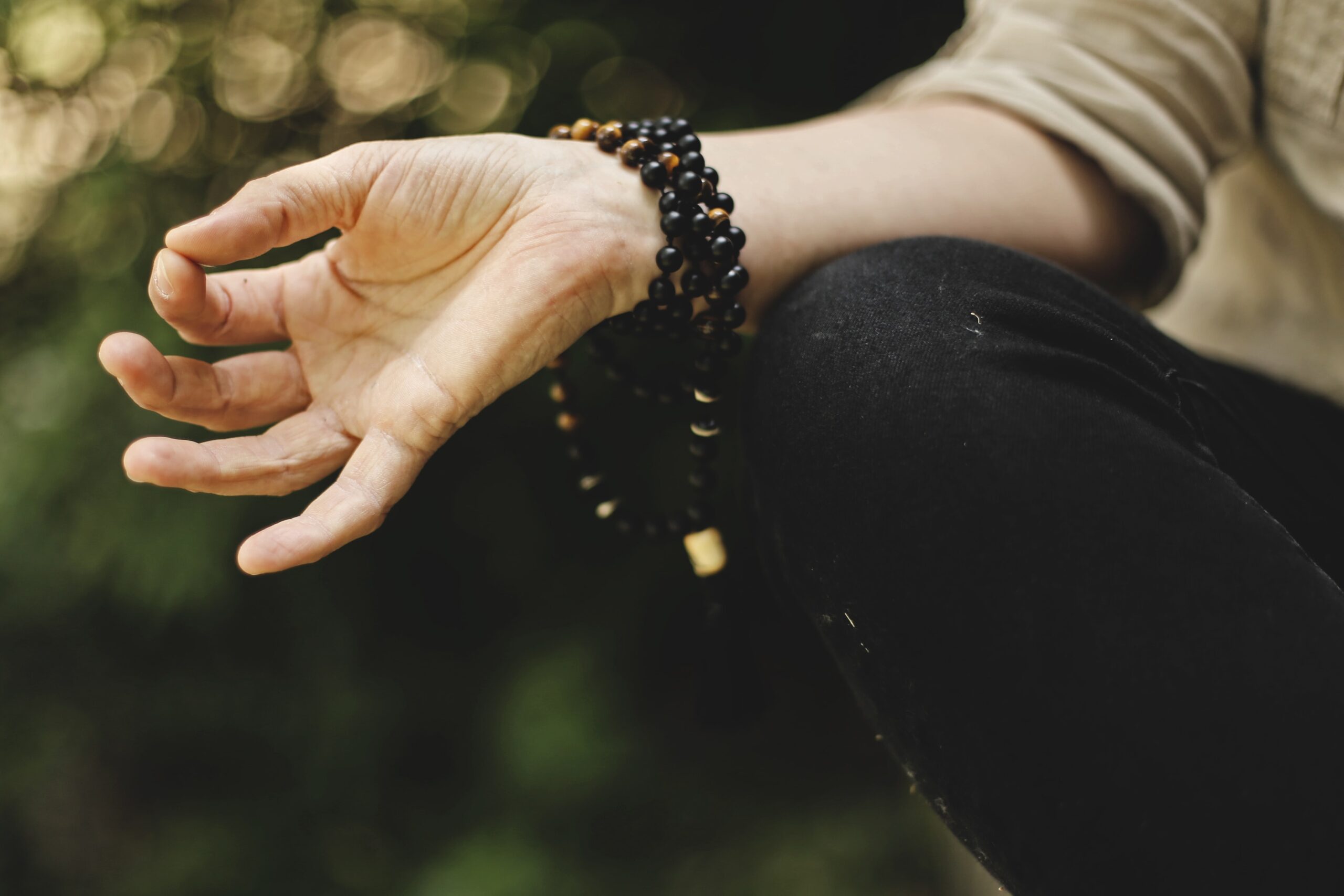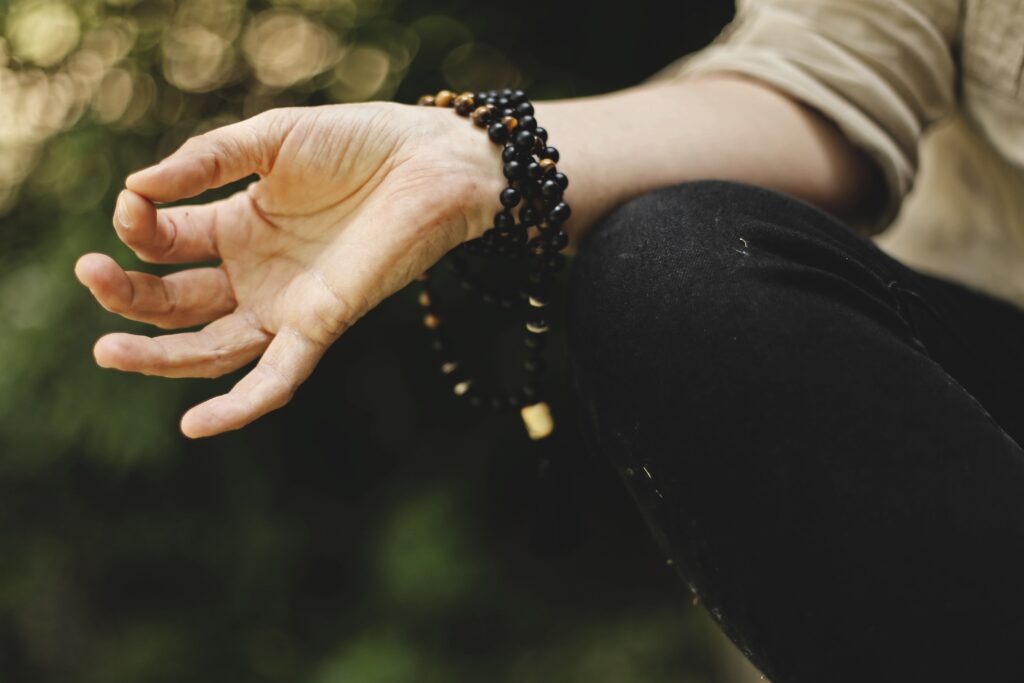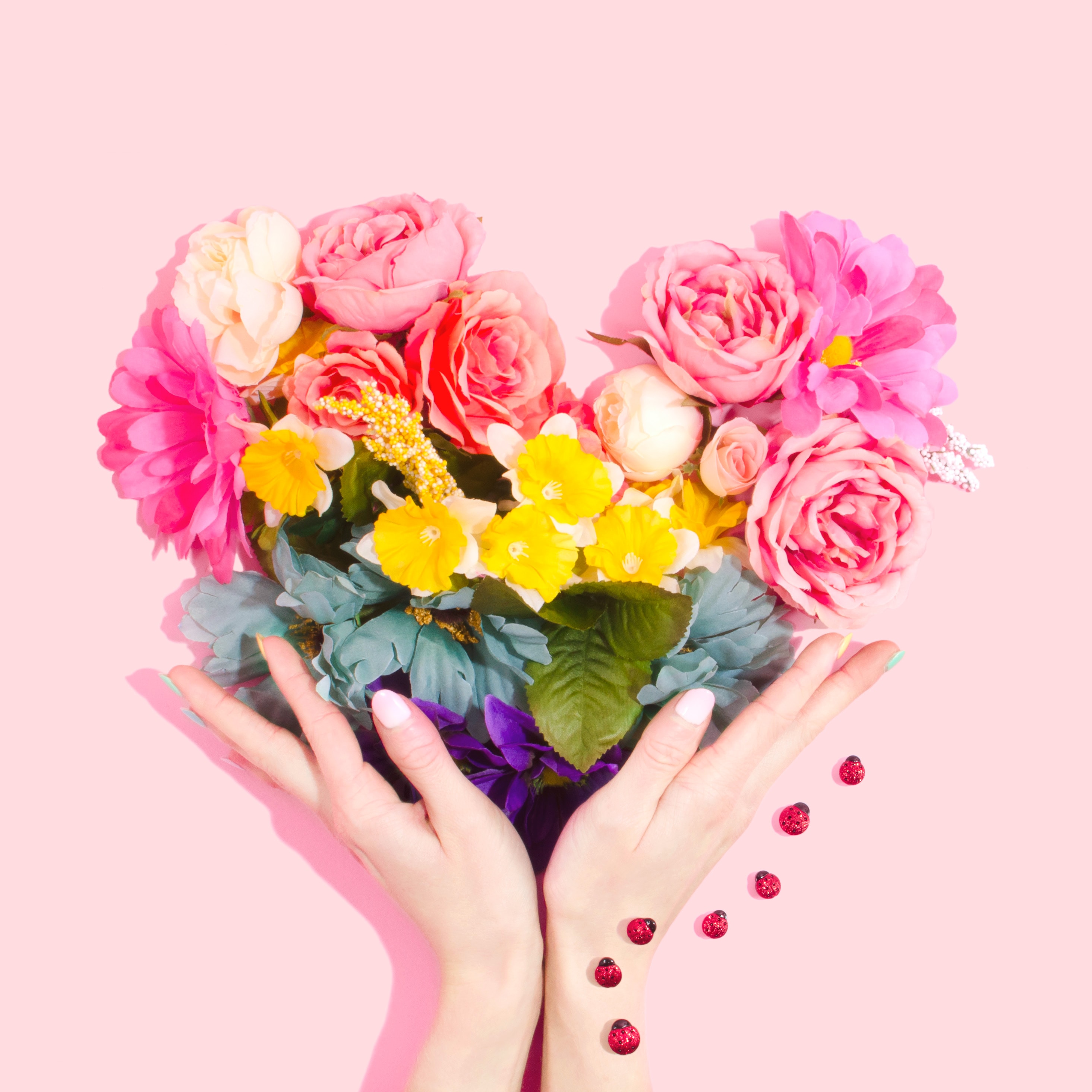
The five love languages have become a sort of personality test over the last several years. If you don’t know what they are or where they come from, “The Five Love Languages” is a book by Dr. Gary Chapman, written to help people form lasting relationships. The quiz he created for his subjects asks questions based on what would be more meaningful to an individual. Through a series of questions, he links the individual to five categories in varying degrees: physical touch, words of affirmation, quality time, acts of service, and receiving gifts. Most people have a little bit of stake in all of these categories.
I myself fall most heavily into the physical touch category; that is, I link the most meaning through physical closeness to the ones I love. I have high percentages also in words of affirmation and quality time. Though I find this quiz to be a bit bias, as it’s geared toward romantic couples, you can take the findings and apply them to other aspects of your life.
If you’re having a hard day, would your mom coming over and making you dinner ease the pain? Would a hug from your partner make you feel most cared for? Would a listening ear and a few kind words from a close friend make you feel most comforted? What if your mom is out of town? Your partner’s working late? Your friend has kids and other responsibilities and can’t spare the time or emotional effort? The relationships we often look to to ease our discomfort may not always be available. You may find, that the only relationship that is constant, unfailing, is the relationship you have with yourself.
So why not take the results from this quiz on love languages, and apply it to some self-care practices?
We’ll start with the one I’m drawn to most: physical touch.
Physical Touch
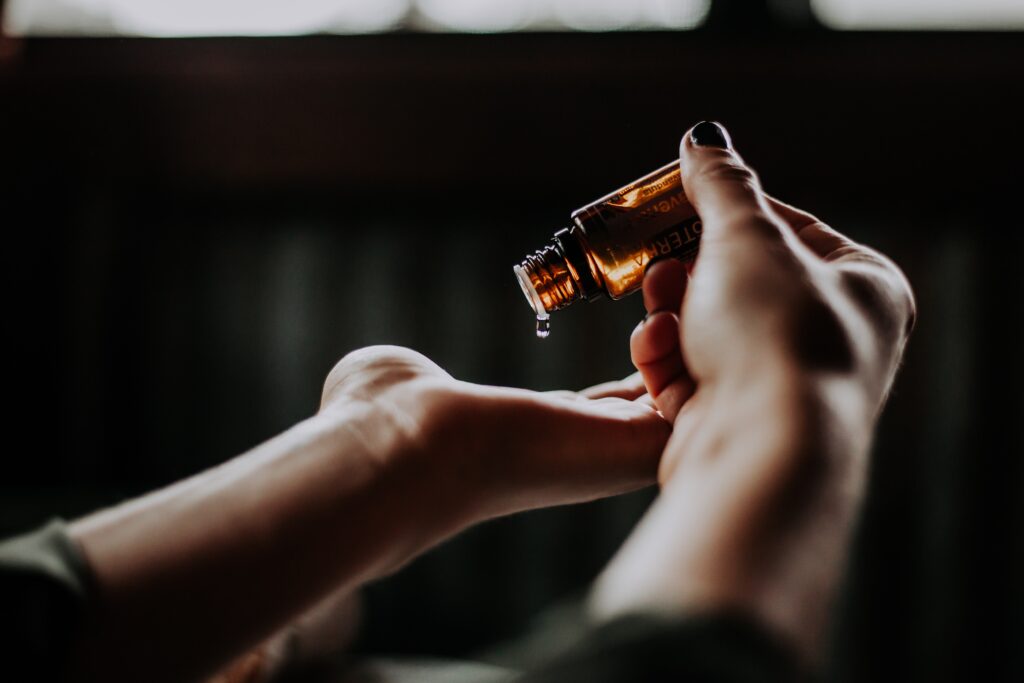
Get to know your body. Explore it with tenderness and care.
Somatic Hand Massage (5 minutes)
- Put on a nice smelling lotion or some coconut oil with a drop of your favorite essential oil. Take a few minutes and rub it into your hands. Massage out your palms. Get in between each finger.
- Put on a timer for one minute. Begin to rub your palms together vigorously. Feel the vibration that the friction causes.
- Place your palms on your face. Breathe in the scent of the lotion or oils. Feel the warmth against your face. Take five (or more) deep breaths in through the nose and out through the nose.
Self-massage (15-30 minutes, or as long as you’d like)
- Keep a bottle of lotion or body oil by your side. (This can be done in soft clothing without lotion as well, if you’d prefer.)
- Massage each hand — fingers, palms wrists.
- Move up the arms, massaging the shoulders, and the neck. Behind the ears. Explore the nape of the neck by the hairline.
- Massage the scalp.
- Move to the feet. Massage in between the toes, the soles and arches.
- Move up the ankles, massage the calves, the backs of the knees, the thighs. Be present in your body and notice where your mind takes you.
- Massage your belly and your chest. Say a few kind words to yourself. (I am soft, I am lovely, my touch is a source of love).
Use a weighted blanket or eye mask (however long you’d like)
Use a heated blanket or heating pad
Try EFT (Emotional Freedom Technique) aka Tapping (10 minutes)
Tapping is a technique used to alleviate anxiety, reduce cortisol levels in the body, and release stress. By stimulating different acupressure points, tapping can return the body’s energy to balance. Try out the technique with this video.
Words of Affirmation
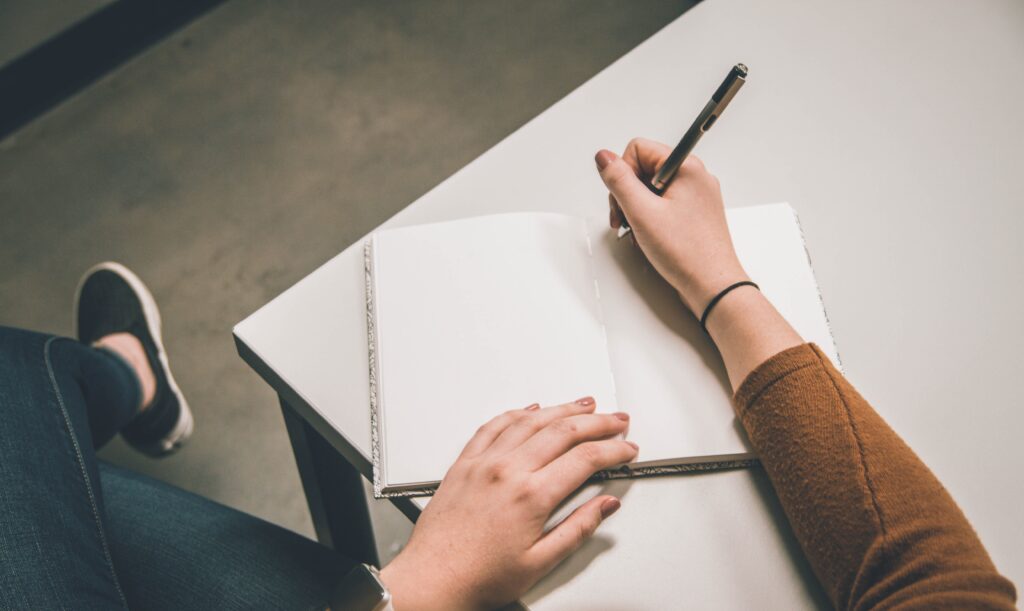
Repeat affirmations or mantras (1-3 minutes)
Some affirmations you might find helpful:
- I am safe.
- I am worthy of love.
- I chose to be kind to myself.
- I honor myself and my life.
- I take the time today to treat myself with love and respect.
Sing It Loud or Bust a Move!
Think of a song that always makes you feel like you can take on the world (don’t worry, I’ve created a playlist of some of my favorites). Blast it in the car, in your bedroom, wherever you feel most free and sing it loud and proud. If you don’t like to sing or don’t feel comfortable singing, listen to the music anyway. Embrace the message or the feeling you get from the power of the song. Move your body and don’t be afraid to look silly.
Make a list of 5 things that make you worth loving
Add to it every day, or as often as you need to. Keep it in a note in your phone, in a journal, wherever it’s easy for you to access.
Make a list of 5 things you’re good at
Be your own hype man! You can do things that no one else can. You are cool for reasons you don’t even see because they’re part of your everyday. If you saw yourself from the outside, what would make you go, “wow, what a cool person!”? Write it down! Go back to it when you need a boost and add it it when you learn something new about yourself!
Be your own best friend!
If you’re in need of some love, write down the reasons why. Are you down on yourself for some reason? You had a bad body image day? You made a big mistake at work? You’re anxious about the outcome of an exam or job interview? Write to yourself as if you’re talking to a someone you love. Answer your own criticism with the love and care of a best friend.
Example:
- You: I am so ugly and clothes look terrible on me. You (as your best friend): That’s really mean. You look beautiful, let’s find something comfy and watch a movie.
- You: I can’t believe I messed up that presentation so bad. They should fire me, I’m so incompetent. BFF You: You got up and made a presentation. That takes a lot of guts. Everyone has off days. Take a rest today and if you feel like you need to make up for it, follow up with an email tomorrow.
- You: I’m so awkward, I hate interviewing so much. BFF You: You’re awesome and any job would be lucky to have you. I’m sure interviewers feel awkward too. Meeting new people is awkward sometimes. And maybe that job wasn’t for you. Just remember that interviews are just conversations to find out if you with both benefit from the relationship.
Play around with it. Maybe you’re more of a “screw them, you’re awesome” type of best friend, or maybe you’re more of a realist best friend. But what you’re not is a mean best friend. Because you’re not friends with that person.
Quality Time

Top tip for this one — romanticize your life. Anything can feel like quality time if you’re intentional with your time. Going to the grocery store can feel like a special occasion if you find a new recipe you want to try, buy a bouquet of flowers for your kitchen table, and a bottle of wine to sip as you cook. But in case you want specific date-yourself ideas (besides the grocery store one, because honestly that sounds delightful), here’s a few!
Spa Night!
- Light some candles or diffuse some essential oil
- Put on a spa music playlist (I got you)
- Draw a bath
- Pour your favorite beverage or brew a cup of tea
- Use a sheet mask or make your own DIY mask
- Lotion your body (use some of the massage techniques from Physical Touch)
- Paint your finger and toe nails (if that’s your thing)
Take a long walk or hike
- Chose a route you don’t normally take
- Bring snacks and/or a fruit-infused water
- Take photos of anything interesting you see
- Spend at least five minutes with no distractions — listen to the sounds of nature and take deep breaths of the fresh air
- If you can manage, take the whole time without distraction of music or other audio. Allow your mind to wander. You can discover a lot about yourself and your thought patterns when there’s no other voices in your head but your own.
Go See A Movie
I’m a huge proponent of solo movie dates. Get the big popcorn and soda (but beware of having to get up to pee. Movies are really long these days.) Wear something comfy.
Find something new in your city (or a nearby town)
Sit in a coffee shop, visit a boutique you’ve never been in. Strike up a conversation with a stranger if you find comfort in social interaction.
Acts of Service

Be Intentional. Like with Quality time, something can feel like an act of service over a necessity when it’s done with intention. Cleaning and cooking may seem like chores but if you think of it as keeping a tidy home to make your living space less chaotic and fueling your body with nourishing meals you made with care, it feels more like an act of love. That being said, where your means allow, it’s never a sin to take shortcuts!
Declutter your closet
Clear your closet of things you no longer use or wear anymore. Remove pieces that don’t fit and donate them (or put them out of sight if you’re attached to them).
Clean one room in your house
Make it somewhere you can be cozy – your bedroom or the living room. Vacuum, dust, fluff the pillows. Wash the sheets and make the bed. Then allow yourself to live in the space. Curl up with a good book or throw on a favorite movie. Appreciate the space you’ve created for yourself.
Bring your car to the car wash!
Throw out all your trash, take in the empty travel mugs you’ve forgotten were under the passenger’s seat, vacuum the floor mats (usually car washes have industrial vacuums you can use, or pay a little extra and they’ll do it for you!) You’ll feel better getting in for your morning commute when the dashboard is dust free and the sweatshirt you threw in the back seat in October is stowed in your closet.
Order take out!
DoorDash and GrubHub are popular for a reason. Make Friday Pizza Friday (or sushi Friday, whatever floats your boat).
Use meal prep services or catering for meal prep
I’ve seen people on TikTok ordering catering from places like Panera or Chipotle and using it instead of meal prepping at home for the week. Save yourself time shredding a rotisserie chicken and eat the pre-made burrito bowl this week!
Receiving Gifts
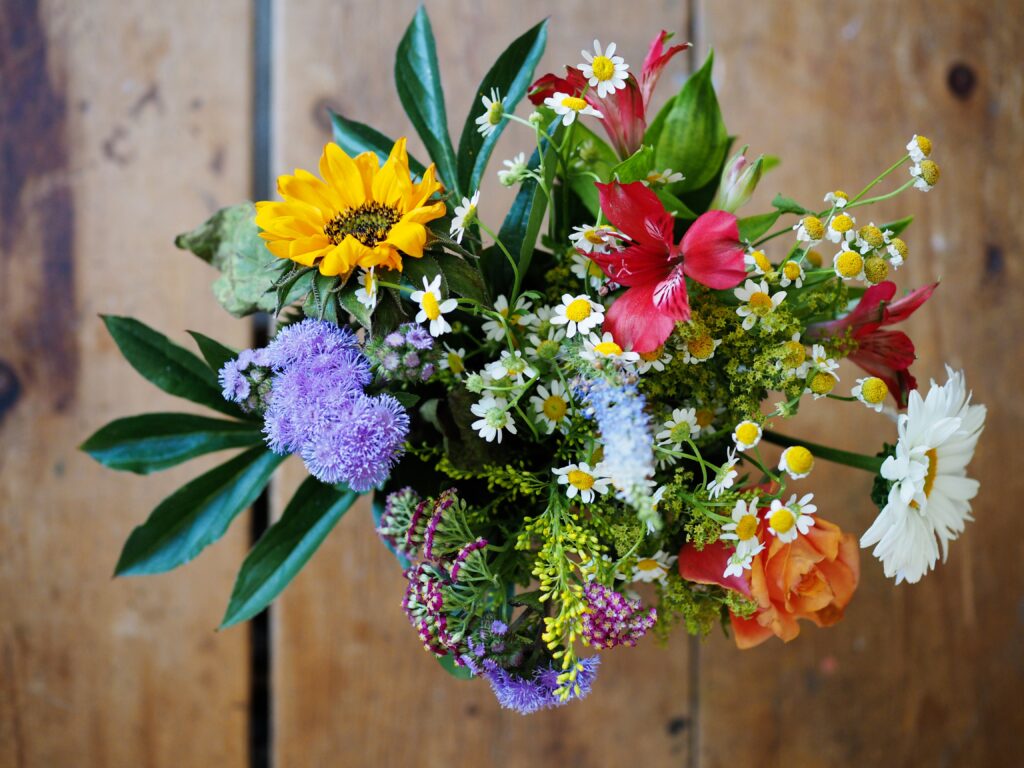
We’ve all heard the old adage “it’s the thought that counts”. Well consider this when buying gifts for yourself. It can be hard, sometimes, to consider ourselves worthy of gifts when it’s not a special occasion. But little trinkets and gifts can mean the difference between a mundane day and a notable one. You work hard for the money you make and it’s okay to “treat yo self”.
Listen to Miley, buy yourself flowers.
Grocery store bouquets are usually pretty inexpensive and well designed. Trader Joe’s flower section has mini bouquets for less than $5! Take advantage and add some color to your gray day!
Drink up!
Maybe it’s not just the caffeine from your iced coffee that puts the pep in your step. Maybe it’s the ritual of buying yourself a little something to brighten your morning.
Make a wish list
When you see things in your social media feed that you really love but can’t justify buying for yourself right now, make a wish list. Save the link and come back to it when the paycheck comes in or when you really need a pick me up. If you’re feeling great now and so is your bank account, order the thing and put it away when it comes in the mail. Take it out and enjoy when a special something would lift your spirits.

Whatever your love language, you are reminding yourself that you are worthy of love through these acts. you are getting to know yourself better and how you can best take care for yourself. Being loved by others is such a gift and teaching someone how to love you is a skill that can be honed. Learning how to love yourself can help with this. But loving yourself is a cliche because it’s true. You are the longest relationship you’re ever going to be in. So find out what makes you feel special, feel valued, feel loved, and run with it.

